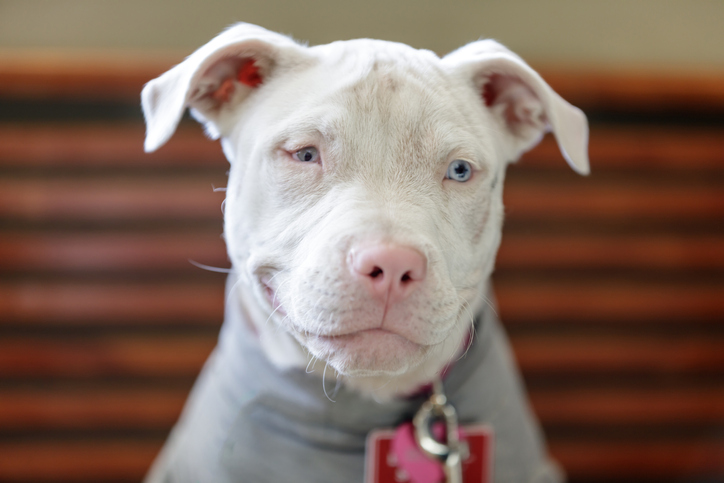
Can Dogs Be Albino? Understanding Canine Albinism
Albinism is a genetic condition characterized by a lack of melanin, the pigment responsible for skin, hair, and eye color in animals, including humans. While albinism is relatively well-known in some species, such as humans and certain birds, it is much rarer in dogs. In this article, we’ll explore the concept of albinism in dogs, its causes, characteristics, and the implications it may have for these unique animals.Understanding Albinism
Albinism is caused by a genetic mutation that affects the production of melanin. Melanin is essential for protecting the skin from the sun’s harmful ultraviolet (UV) rays and giving color to the hair, skin, and eyes. In individuals with albinism, the lack of melanin results in a distinct appearance:- White Hair: Albinos typically have white or very pale hair, which lacks the usual pigmentation.
- Pink Skin: Without melanin to shield the skin from UV radiation, albinos often have pale or pink skin, which is more susceptible to sunburn.
- Light-Colored Eyes: The absence of melanin in the irises gives albinos light-colored eyes, often blue or pinkish.
- Vision Issues: Some forms of albinism can affect the development of the eyes, leading to vision problems, such as nystagmus (involuntary eye movement) or strabismus (crossed eyes).
Albinism in Dogs
While albinism is relatively common in some animals, such as rabbits and mice, it is exceptionally rare in dogs. Dogs typically have a range of coat colors and patterns, influenced by various genes that control pigmentation. However, dogs with true albinism, characterized by the complete absence of melanin, are exceedingly uncommon. When albinism does occur in dogs, it is often the result of a genetic mutation that affects specific genes responsible for melanin production. These mutations can be inherited, meaning that albino puppies are born to parents who carry the recessive genes for albinism.Characteristics of Albino Dogs
Albino dogs exhibit several distinct characteristics:- White Coat: Albino dogs have a pure white coat with no pigmentation, making them stand out from other dogs with typical coat colors.
- Pink Skin: Their skin is pale pink or light-colored, making it more susceptible to sunburn and skin issues.
- Light-Colored Eyes: Albino dogs typically have pale blue or pinkish eyes due to the absence of melanin in the iris.
- Vision Problems: Some albino dogs may experience vision issues, as albinism can affect the development of the eyes.
Health Considerations for Albino Dogs
Albino dogs require special care due to their increased vulnerability to the sun’s harmful UV rays. Here are some health considerations for albino dogs:- Sun Protection: Albino dogs are prone to sunburn, so it’s essential to limit their sun exposure, especially during peak daylight hours. Use pet-safe sunscreen on exposed areas of their skin.
- Eye Protection: Light-colored eyes are more sensitive to bright sunlight, potentially leading to vision problems. Protect your albino dog’s eyes with UV-blocking sunglasses or dog goggles.
- Regular Veterinary Check-ups: Due to the potential for vision issues and other health concerns, albino dogs should receive regular veterinary check-ups to monitor their overall health and well-being.










